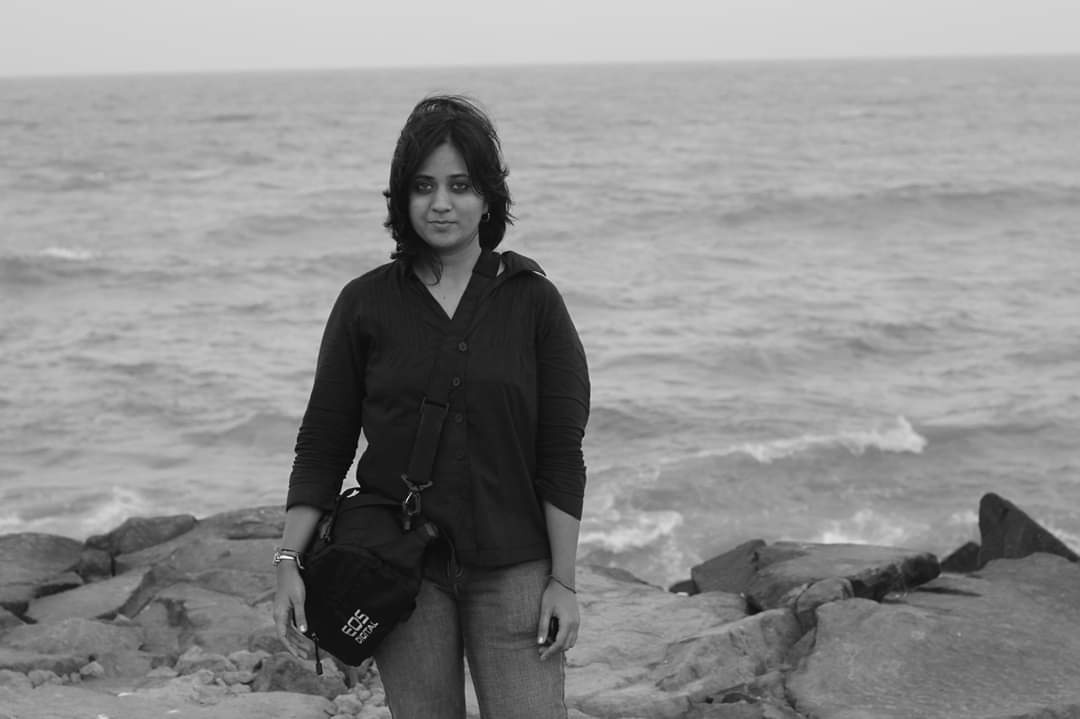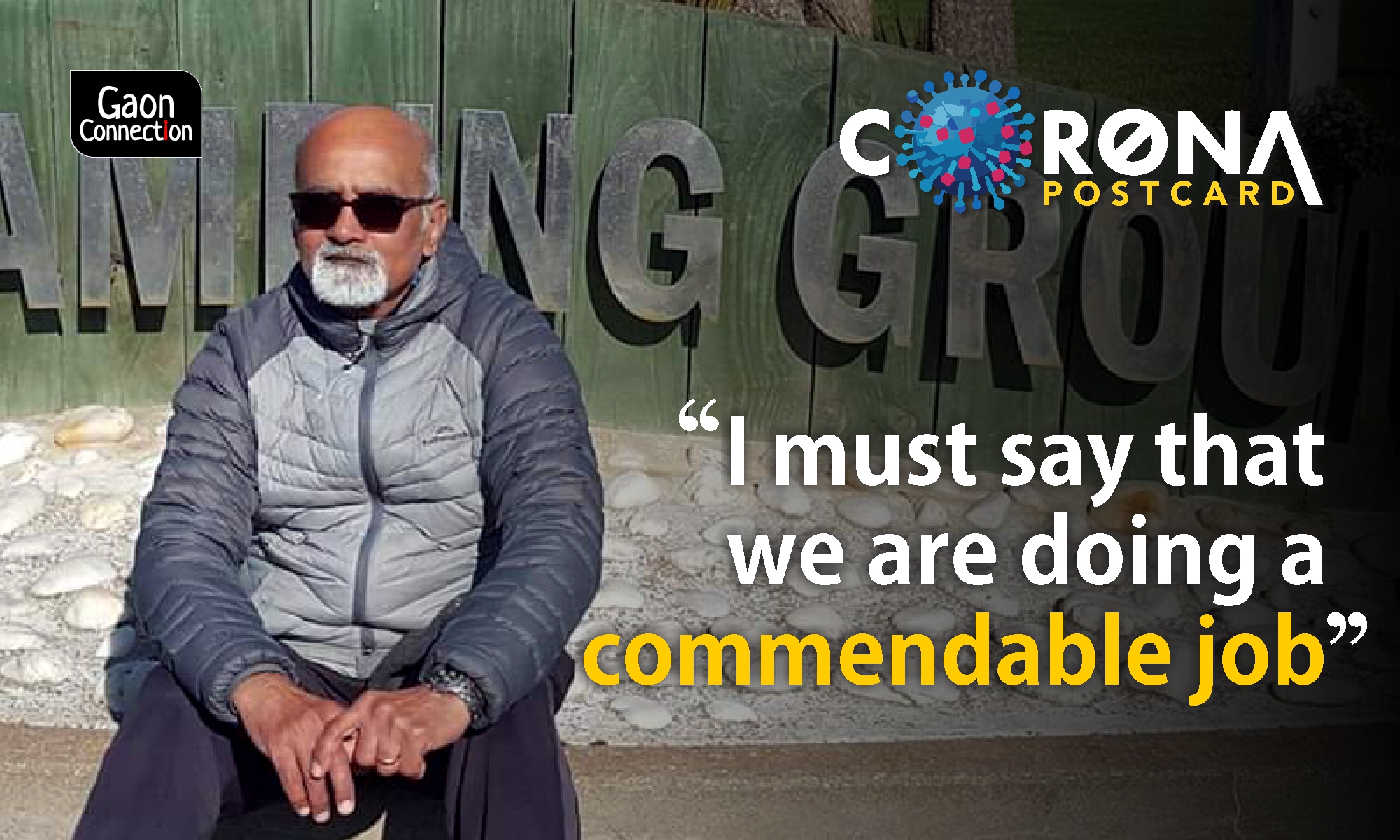“The usual banter was missing at all the airports. There were 30 passengers on our Kochi flight”
When this couple residing in New Zealand decided to come back to India, Coronavirus had started spreading its tentacles. But they were positive as "India was taking preventive measures"


My wife Vandita and I moved from India to New Zealand in June 2016. We are on a resident visa (parent category) under the sponsorship of our daughter who is a New Zealand citizen and resides with her spouse in Invercargill, the southernmost city in the South Island of New Zealand. We are senior citizens. A few months ago, we decided to come to India. We booked our tickets from Invercargill to the Cochin International Airport in January 2020.
The Coronavirus outbreak in China happened in January and the magnitude of the calamity came to the fore sometime in mid-February. China is a major trade partner of New Zealand for a long time. A large number of Chinese tourists visit New Zealand and the number of Chinese students in various universities of New Zealand is huge.
After the Coronavirus outbreak in China came to light, the New Zealand government announced a complete travel ban on travellers from mainland China. This was followed by a ban on travellers from Iran and South Korea.
Queenstown is a world-famous tourist destination in the South Island of New Zealand. It is about three hours by road from where we live. About 3.2 million tourists visit Queenstown annually — about 30% are Australians and about 30% from China, Korea and Japan. After the Coronavirus outbreak and the travel ban, the number of international tourists dropped down sharply from mid-February. This has had its adverse impact on the tourism sector, thus affecting the hotel, travel and food industries. The impact on other industries are sure to be felt in the days and months to come. The travel ban has since been extended to cover almost all travellers from overseas except New Zealand citizens and permanent residents. All the flights into the country may be banned soon and citizens overseas, numbering about 70,000, are being advised to return to the country or risk being stranded.
The date for our travel to India (March 16) was fast approaching and the Coronavirus had started spreading its tentacles. The epicentre had shifted from Wuhan in China to countries like Italy and Spain in Europe. We were aware that the Indian government was taking measures to prevent the spread of the disease. A week before our journey, the World Health Organisation declared Coronavirus a pandemic.
All this definitely worried us. The first two cases that were reported in New Zealand had a history of overseas travel. The government and the media were constantly advising the public to avoid non-essential travel. At many places, the health support system was facing a shortage of doctors and nurses. In a few cities, like Auckland, there was a rush to purchase groceries and essentials. Even in Invercargill, where we lived, hand sanitizers and hand wipes were not easily available.
Some of the airlines had also started curtailing and cancelling flights. We were apprehensive, but our flights were on schedule. We were on the edge, but determined to travel. This was partly because we were travelling to Kerala and we were receiving news that the state government was quite proactive and taking precautionary measures. We also came to know that the airlines had taken measures to sanitize the aircraft thoroughly.
We boarded our first flight at 6 am from Invercargill for Auckland on March 16. Ours was the first flight that morning. There were 130 passengers and the flight was full. There were a few people nursing cold as we sat in the lounge. A young man in the seat in front of us was coughing without covering his mouth! I thought about cautioning him, but luckily, he didn’t cough for the rest of our two-hour domestic flight. We arrived in Auckland just before 8 am.
We took an inter-terminal free bus to the international terminal at the Auckland Airport. There were only about 10 passengers on the bus. We had to wait for three hours as our flight from Auckland to Singapore was scheduled for 11.20 am. The security check was a very quick one; no frisking, only our bags were screened.
The usual cheerful banter among the passengers was missing. Most were fellow Indians, there were very few Europeans. Our flight was 70% full; there were about 200 passengers. Most were wearing masks, including my wife. I had a mask too … but in my bag! The cabin crew was cheerful, but overworked. Only one stewardess was wearing a mask. Our flight landed at the Changi at around 5 pm.
We took a Skytrain to Terminal 2 for our onward flight to Kochi scheduled for 8.20 pm. There were very few people at the airport, it was practically deserted. In normal times, the airport is bustling with people. At one of the duty-free shops, the lady said business had gone down drastically and was expected to drop further.
We boarded the flight at 7:30. There were about 30 passengers. Usually, there are 150 to 170 passengers. There were no tourists, only Indians returning home. Most were wearing masks. I wore mine too, after my wife insisted. We touched down in Cochin at 10:10 pm. We had been issued self-declaration forms before boarding.
Our temperature was measured. We were asked a few questions at the immigration counters that were manned by staff wearing masks and gloves. We were asked to maintain a distance from the counters. The formalities were done quickly and we were home by midnight.
As advised by the health staff at the airport, we called up the local public health centre to inform about our arrival. They advised us to observe home quarantine/isolation for 14 days. I must say that the concerned personnel are doing a commendable job.
(Mohan Pisharoti is a retired banker. He, along with his wife, moved to New Zealand in 2016)

